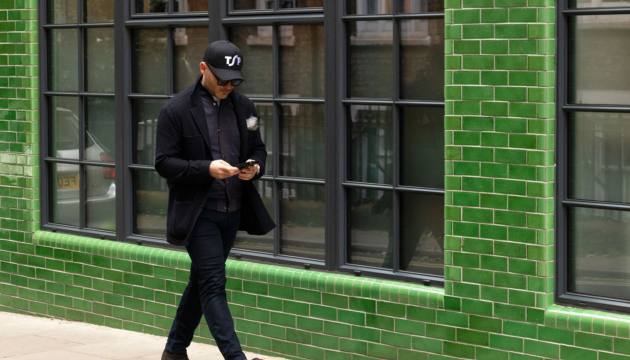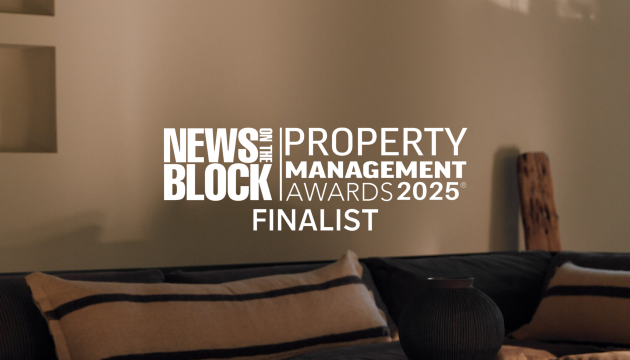Quick wins
Everyone wants these: maximum gains for minimum effort and expenditure. One of the most common examples is upgrading lighting. Fluorescent tubes, incandescent and halogen bulbs are a thing of the past – switch to LED or CFL bulbs for an energy saving of up to 90% (they’re also a far lower fire risk).
Consider installing occupancy sensor lights, automatically controlling output depending on whether a room is occupied or not. Lights accidently left on all night = energy down the drain.
Limiting thermostats and optimising start and stop times for heating and cooling systems also deliver quick wins.
Opportunities
Sometimes it’s best to retrofit in phases. As elements of the building reach the end of service life, a unique opportunity emerges to embrace greener options. This could involve draughtproofing windows when repairs are being undertaken, opting for thermal blinds when new furnishings are required, and installing water-saving fittings when bathrooms and kitchens are renovated.
Keep an eye out for retrofit opportunities when they inevitably arise. Routine maintenance becomes a fast-track to a high-performance building.
Deep retrofits
Where quick wins and opportunities represent isolated system upgrades, deep retrofits take on a systems-thinking approach – with whole-building analysis built in.
By looking at the overall energy wastage of a building, deep retrofitting makes strategic improvements for greater efficiency. This can involve installing renewable energy systems such as solar panels to design out fossil fuels, adding thermal insulation beneath floors or walls, or adding energy recovery ventilation during major renovation projects.
An over-time, step-by-step approach can be adopted when deep energy retrofitting is not financially or logistically feasible in one swoop.
In sum
Commercial landlords and asset managers need to consider the cost of not addressing the urgent need for retrofitting. The property industry can no longer afford to contribute to 70% of a city’s carbon output.
Long-term operational savings render the significant upfront investment much more palatable. Plant the seed today, reap the rewards tomorrow.
Through quick wins, prime opportunities, and deep retrofits – retrofitting becomes an ongoing dialogue with a building, far more cost-effective than demolishing and reconstructing. Creative adaption also allows for the preservation of heritage values.
And remember, every building is different: there is no “one size fits all” solution.
Resource
The STBA Responsible Retrofit Guidance Wheel is a useful decision-making tool: have a whirl here.





